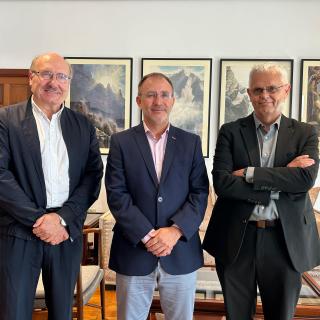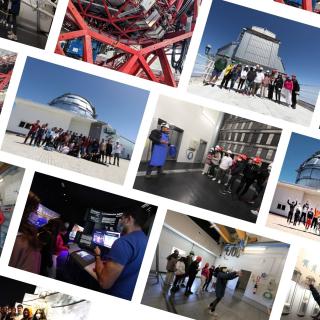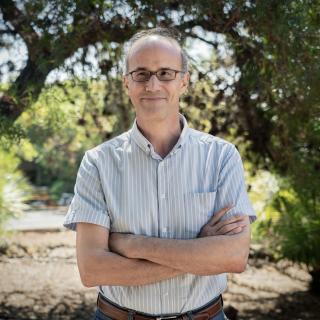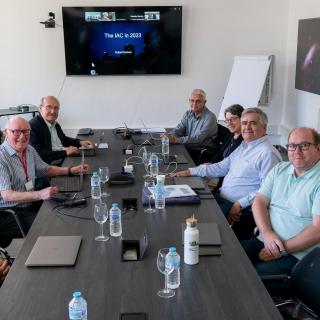
Using observations made with the James Webb Space Telescope (JWST), an international scientific team, in which the Instituto de Astrofísica de Canarias (IAC) participates, has confirmed variations in morning and evening atmosphere of the exoplanet WASP-39 b, about 700 light-years away from Earth. The research has revealed differences in temperature and atmospheric pressure, as well as indications of different cloudiness and winds that could reach thousands of miles per hour. The results are published in Nature. WASP-39 b, a giant planet with a diameter 1.3 times greater than Jupiter, but
Advertised on




